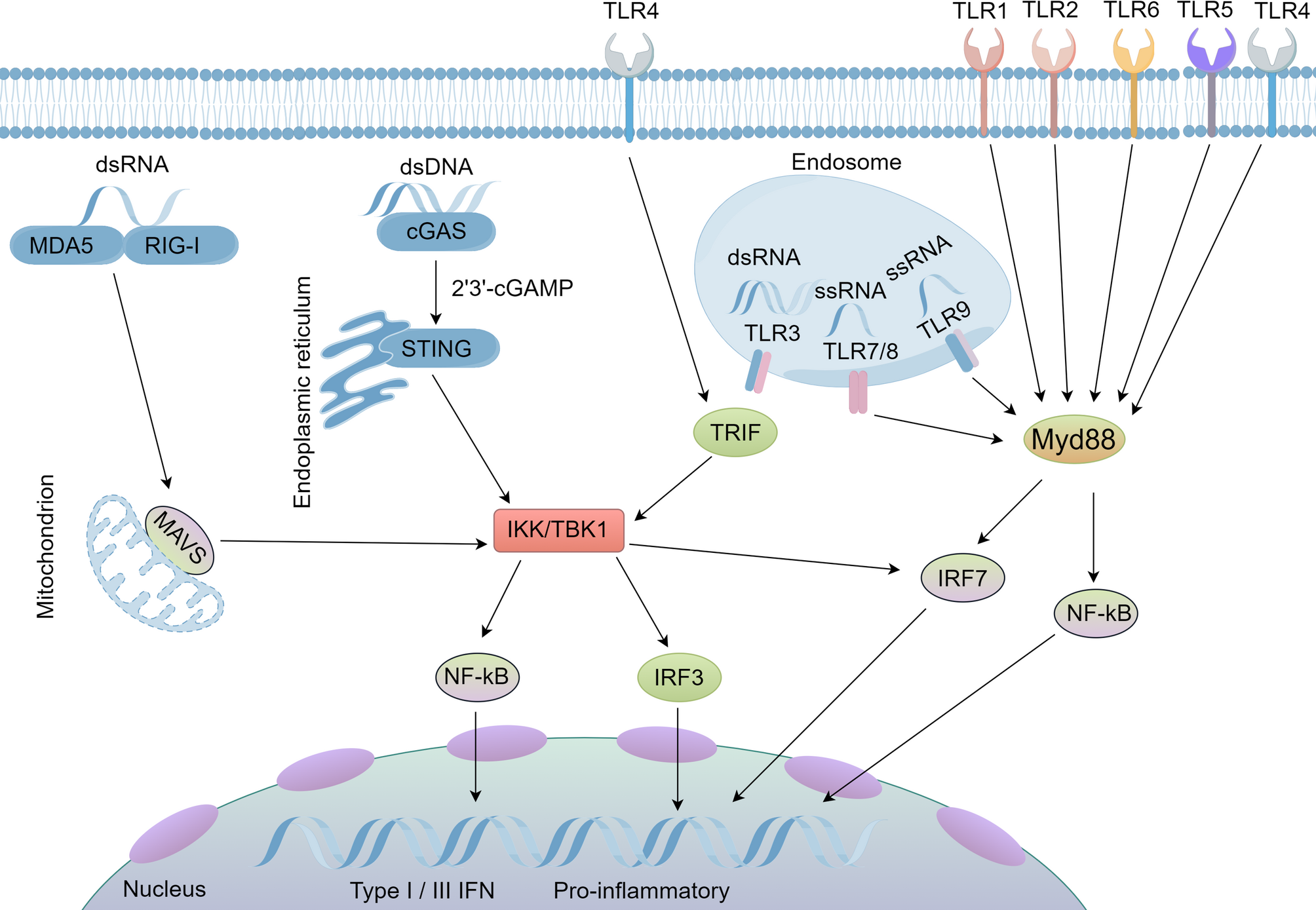DiSiena M, Perelman A, Birk J, Rezaizadeh H. Esophageal cancer: an updated review. South Med J. 2021;114(3):161–8.
Google Scholar
Huang FL, Yu SJ. Esophageal cancer: risk factors, genetic…

DiSiena M, Perelman A, Birk J, Rezaizadeh H. Esophageal cancer: an updated review. South Med J. 2021;114(3):161–8.
Google Scholar
Huang FL, Yu SJ. Esophageal cancer: risk factors, genetic…